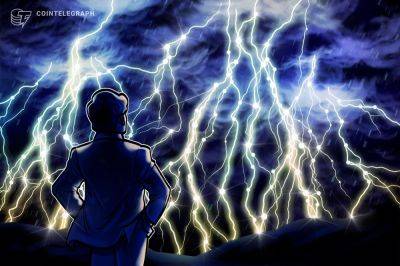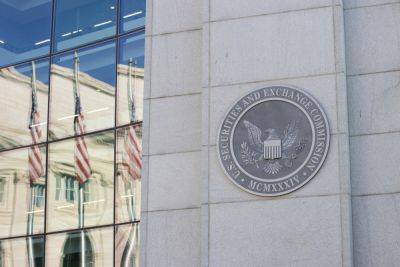What is Reed’s law, and why does it matter in the crypto space?
The concept of network effects is extended by Reed’s Law, which was developed by Harvard professor David P. Reed in 1999 and emphasizes the importance of communities and subgroups within a network.
Reed’s Law states that the value of a network increases exponentially with the number of potential subgroups that users can establish within the network, in contrast to Metcalfe’s Law, which states that a network’s value is proportional to the square of its number of users.
Reed’s Law considers the combinatorial explosion of potential groups in contrast to Metcalfe’s Law, which emphasizes the total number of connections among users. While Reed’s Law implies an exponential rise, emphasizing the importance of smaller, more niche groups, Metcalfe’s Law suggests a quadratic growth in value regarding the number of users.
Using the formula 2^n, where “n” stands for the number of potential subgroups within the network, Reed’s Law determines the value of a network. This formula emphasizes the ability of communities to produce and distribute value by showing that as the number of potential subgroups grows, the value of the network expands at an astounding rate.
A classic example illustrating Reed’s Law is in online social networks. Users can create a variety of specialized groups on websites like Facebook and LinkedIn based on shared interests, occupations or hobbies. Each subgroup creates its own community, and as these communities grow, the network’s overall value grows exponentially because of the different ways these groups can communicate and exchange information, not just linearly with the number of users.
Reed’s Law has numerous applications in digital networks, including file-sharing networks where users can build and join
Read more on cointelegraph.com






















